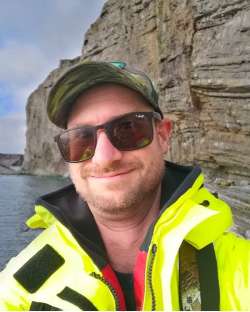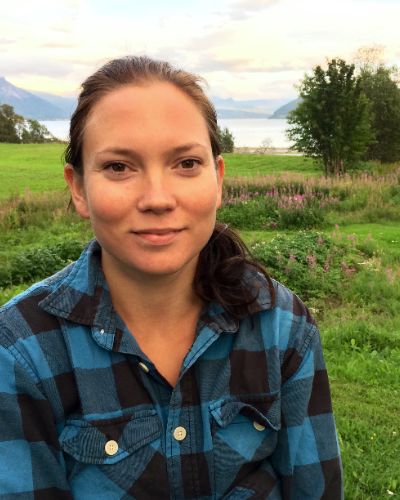Running dates: TBD
Application deadline: TBD (for guest status at UiT), after you have recieved a guest status you can apply for the course.
Application: see practical info
Location: Online lectures + an excursion to the UiT/Finnfjord Carbon Capture facitlity.
ECTS: 5
Course leaders
Practical info
This course will be online lectures + one excursion to Finnfjord (on-site). The host institution is UiT.
Non-UiT students must request guest status. Instructions can be found here. When you are registered with a guest student status you must apply for seats to the course, deadline TBD. UiT students must apply for class seats, deadline TBD.
Important! Registration is binding! Do not register for a course unless you are sure that you can attend.
Course content
Course Description
This course will introduce PhD students to the fundamentals of photobioreactors by linking basic theory to operational demonstrations and data interpretation. By the end of this course students will have sound theoretical knowledge enabling them to model and design various configurations of photobioreactors. Case studies, reflecting the interests of the instructors, will emphasize examples involving marine diatoms, green algae and heterotroph/mixotroph strategies. Each student will be expected to investigate at least one topic in depth and develop a professional quality review article accompanied by a class presentation.
Course content
Basic theory of microbial and photosynthetic growth/reaction kinetics
Basic theory of mass balances and gas transfer in bioreactors
Demonstration of industrial scale algal cultivation for carbon capture and utilization
Knowledge
The course aims enable students to develop quantitative problem-solving skills, a basic theoretical understanding and design criterea related photosynthetic organisms cultivated in bioreactors.
Skills
- Students will develop the ability to apply knowledge of modern biology to different biotechnology, bioengineering and ecology applications
- They will develop the ability to independently gain technical knowledge from available scientific literature
- Students will develop basic skills enabling them to solve quantitative problems related to the design and operation of photobioreactors including reactive mass balances and mass transfer principles.
- They will develop their ability to communicate effectively in professional/technical settings
General competence
Gain competence that allows for a necessary understanding and problem-solving approach using the quantitative aspects of photobioreactors and , advanced cultivation of photosynthetic organisms. Students will also gain a basic competence of industrial mass cultivation of marine microalgae.
Teaching methods
The course is comprised of five online lectures (ca. 2 hrs) followed by an excursion to the UiT/Finnfjord Carbon Capture facitlity where they will particpate in a workshop designed to demonstrate industrial scale mass cultivation of marine microalgae. The visit to Finnfjord is mandatory.
There will be one problem-based homework assignment at the end of the online lectures. Students will work in groups to develop writen reports on the modern state of photobioreactors related to sustainablity and present this report in a student led oral workshop at the end of the course.
Course dates
TBD
Admission deadline
TBD
Admission requirements
To apply for this course you must be a PhD candidate at one of the Norwegian institutions and a Photosyntech member. If you are not a student at UiT, you must apply for status a guest student.
Instructions for how to apply for guest student status at UiT.
How to register as a Photosyntech member.
The course will be arranged with a minimum number of students: 4. Maximum participants: 15.
If the number of applicants exceeds the number of places available, applicants will be ranked in this order: 1. Photosyntech PhD candidate members, 2. Other.
Language
Teaching, instructions and examination will be in english.
Examination
The exam consists of 2 parts, each counting 50% of the final grade:
- Written problem set exam
- Final written exam after Finnfjord visit
All elements of the exam portfolio must be delivered with a clear presentation of the problem and a solution such that it is understandable by professional scientists and engineers. The exams will be individual, i.e., performed independently by each student.
Grade is pass/fail. There will be no re-sit exam.


